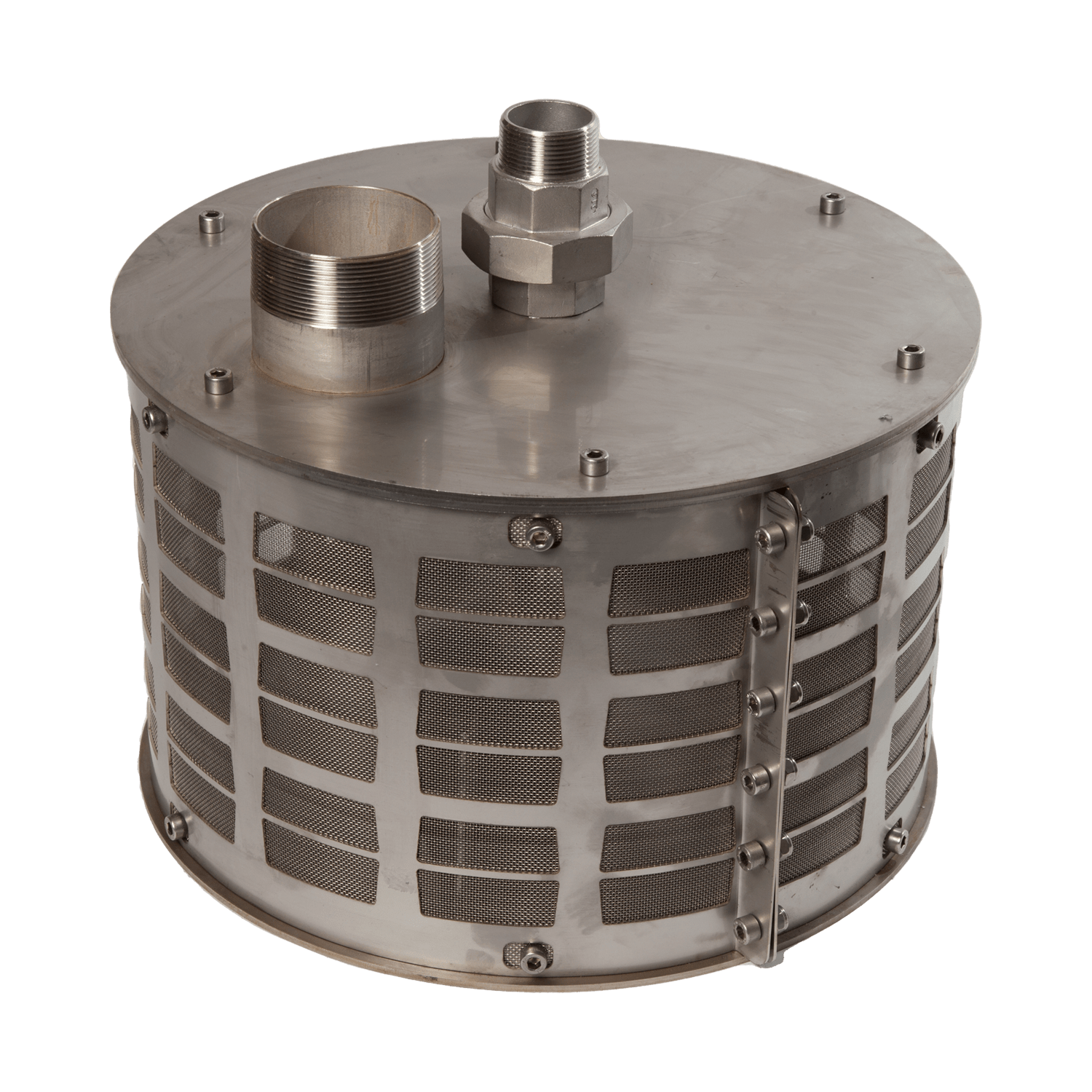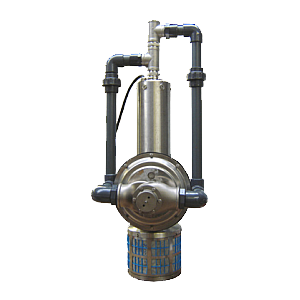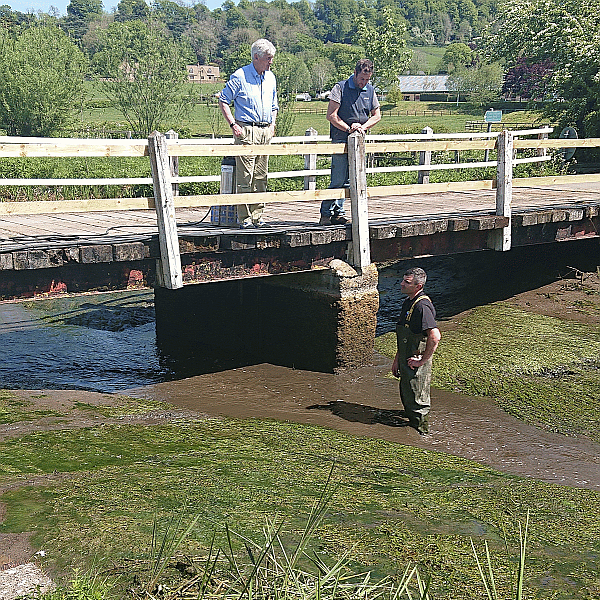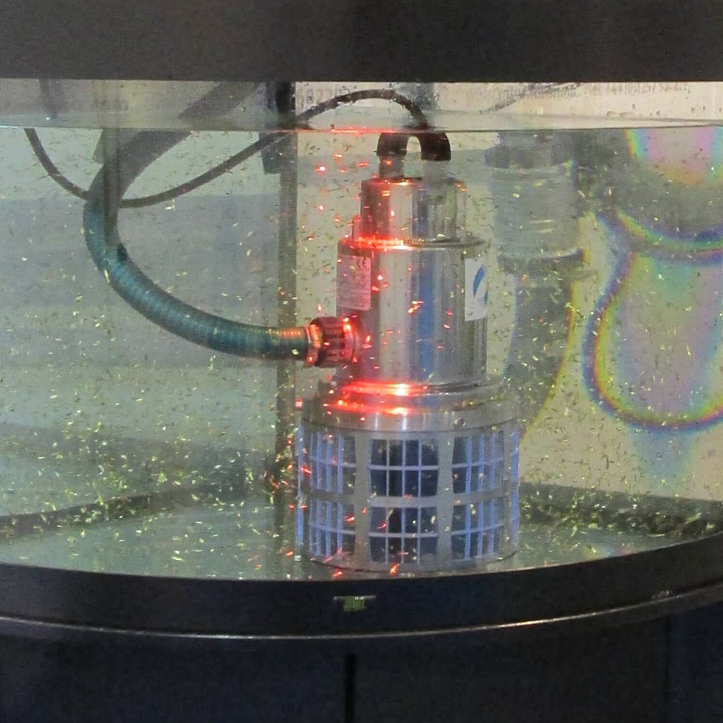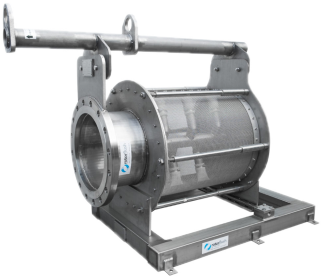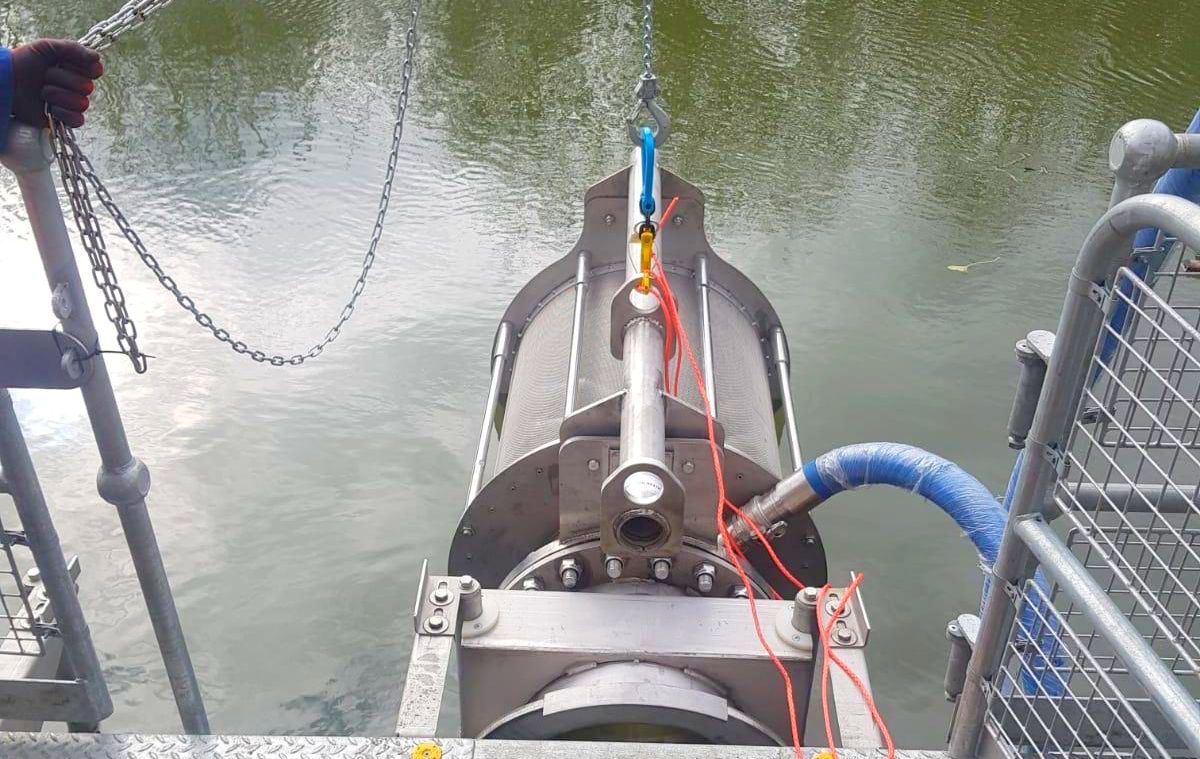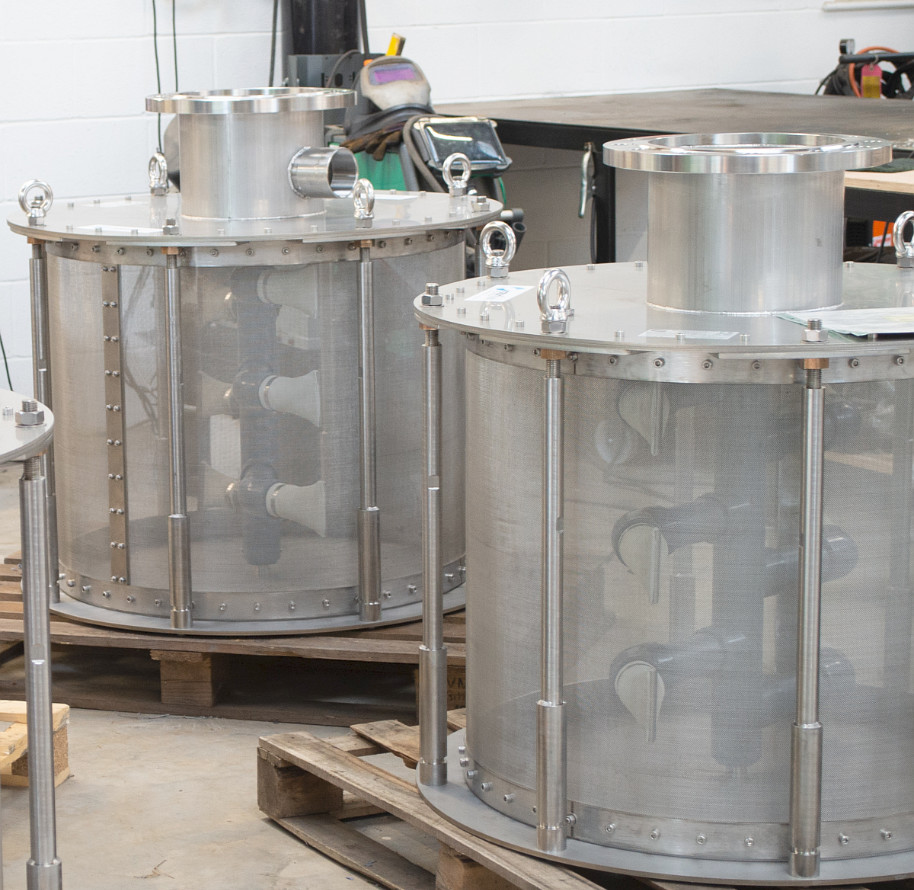
Navigating Raw Water Screening Challenges
Discover how self-cleaning filters from Rotorflush offer a versatile solution to the challenges of raw water intake screening. Explore how these filters can be adapted to fluctuating water levels, environmental aesthetics, and infrastructure constraints, providing efficient screening for both temporary and permanent installations.




